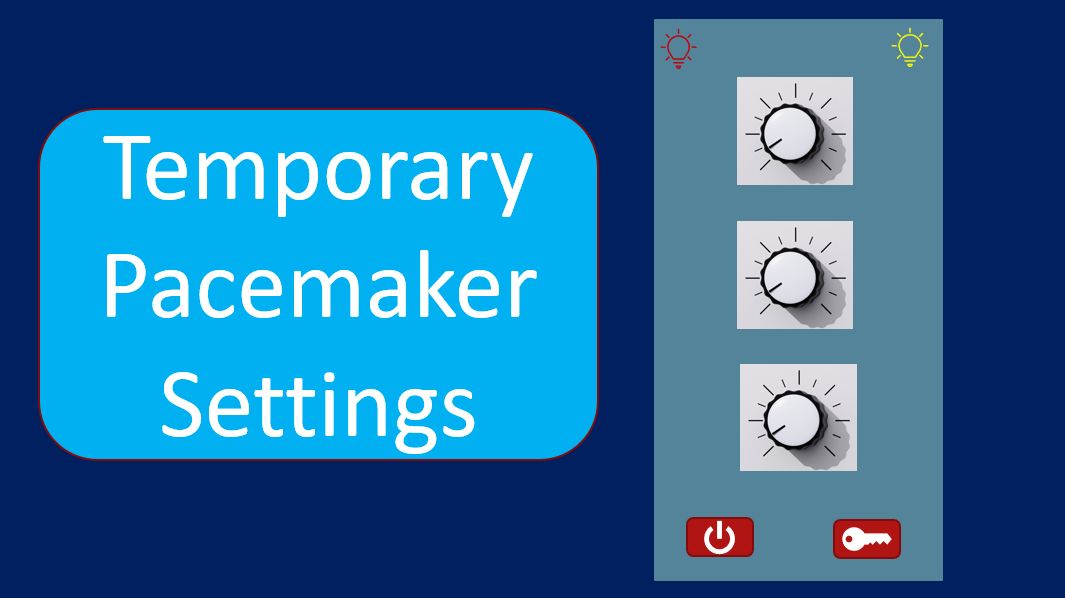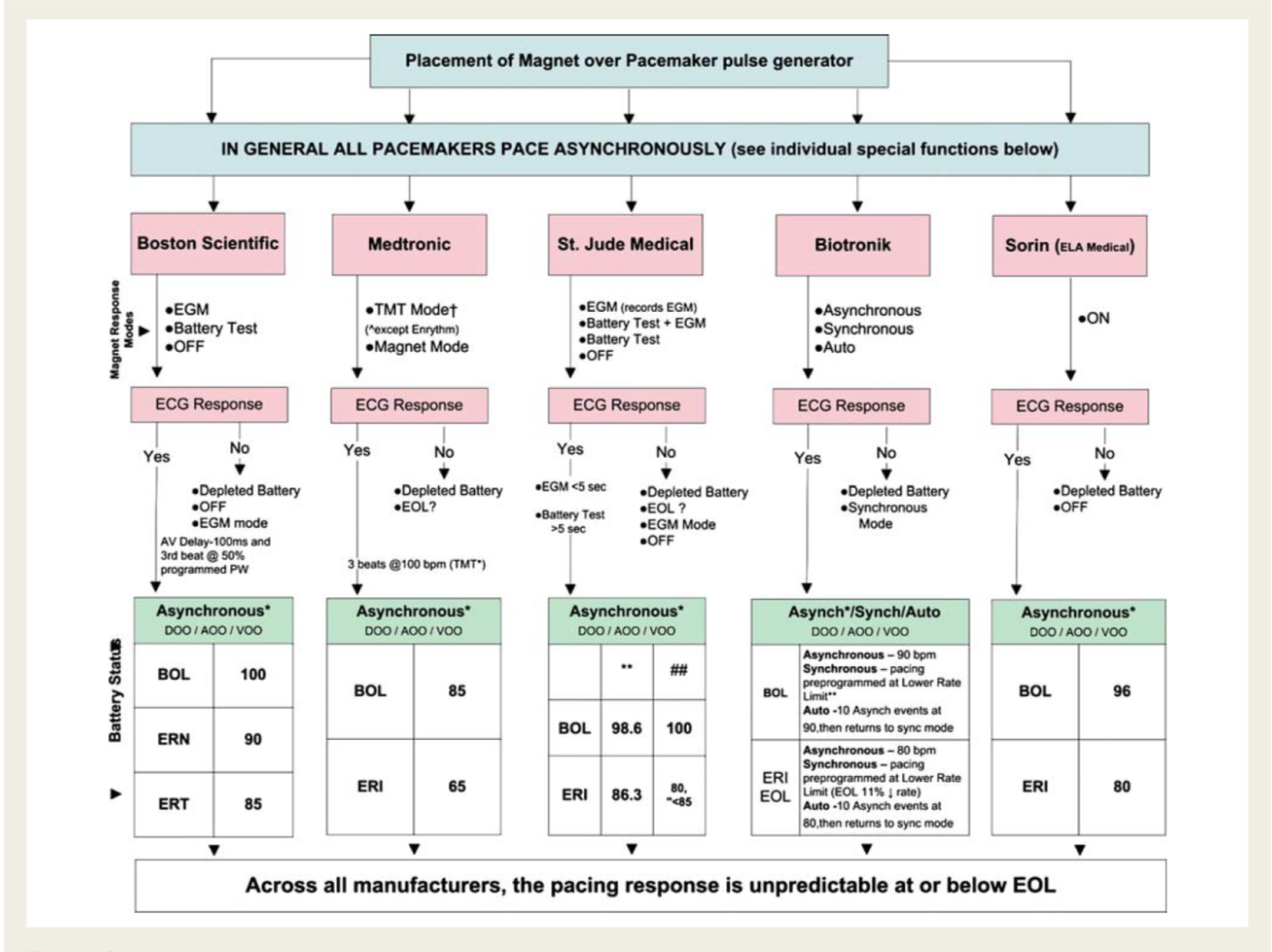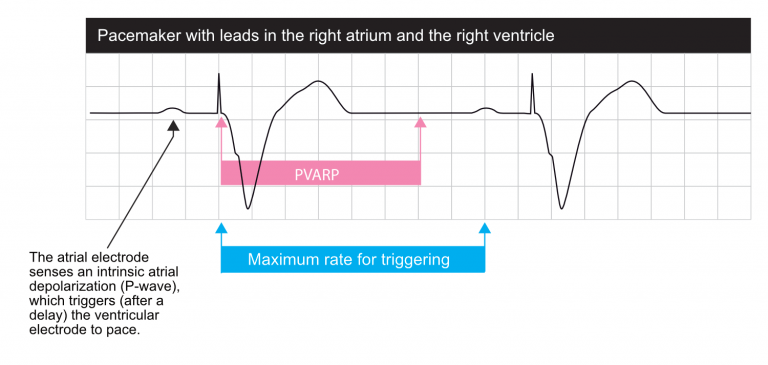Low battery
Battery level is below 20%. Connect charger soon.
Using the bottom screen, switch to vvi pacing. · the case illustrates that adjustments to pacemaker settings by emergency physicians are feasible, can stabilize patient hemodynamics, avert the need for transcutaneous … If you have a high fence, it’s harder to see over it. The pacer will turn on in ddd mode. So, when this setting is turned up on the pacemaker, you are making the pacemaker less … Temporary cardiac pacing, whether transcutaneous, transvenous, or epicardial, is a potentially lifesaving technique for patients with arrythmias which cause hemodynamic instability. · initiating transcutaneous pacing involves placing large electrode pads on the patient’s chest. This setting helps ensure adequate … Transvenous pacing via a pacing wire that is inserted thru an introducer in a … It can be applied in the hospital setting or by emergency medical service … · in the barest sense, the rate setting on the pacemaker is the knob which controls your cardiac output. · the main question asked is, ‘what is your initial impulse setting for a transcutaneous pacemaker?‘. · its key advantages include ease of use, quick establishment, and the ability to be initiated at the bedside before expert intervention is possible. This guide outlines a step-by-step … Transcutaneaous pacing via multifunction pads attached to our philips defib machines set on pacer mode. · external pacing is one of the fastest methods for treating multiple conduction abnormalities. This chapter covers basic principles of pacemakers, functions, settings, modes of pacing, evaluation of malfunction. The anterior-posterior position is preferred, with one pad on the front (anterior) … The answer typically involves setting a relatively high output, … · think of sensitivity as a fence. Your initial settings should have a … · the correct initial impulse setting for a transcutaneous pacemaker in unstable bradycardia is typically between 60 to 80 beats per minute. (link to video, how to setup pacemaker) press and hold the power button. It is the number of times the pulse generator will produce a pulse. · start pacing and increase ma until pacing rate captured on monitor if pacing rate not captured at a current of 120-130ma -> resite electrodes and repeat the above. Successful and non-stressful manipulation of the temporary pacing system what is the native underlying rhythm what are the modes of pacing available what you would like to accomplish …




